When it comes to brewing a perfect cup of coffee, many factors come into play: the quality of the beans, the grind size, the water temperature, and the method of brewing itself. However, one factor often stands out as the pivotal key to a cup of coffee that can make or break the experience—the pour over coffee ratio.
This single variable may seem simple, but it has a profound effect on the final taste, aroma, and body of your coffee. In this article, FnB Coffee will explore the importance of pour over coffee ratio, why it matters, and how adjusting it can transform your daily coffee routine.
What is Pour Over Coffee?
Before diving into the intricacies of the pour over coffee ratio, let’s take a brief look at the pour over method itself. Pour over coffee is a manual brewing method where hot water is poured over ground coffee, which then filters through a coffee filter into a carafe or mug. This process allows you to have complete control over the brewing time, water temperature, and, of course, the coffee-to-water ratio.
The pour over method is beloved by coffee enthusiasts for its precision and ability to highlight the unique flavors of the beans. It also offers a clean cup with minimal sediment, which is why it’s often favored by those who appreciate a crisp and bright cup of coffee.
Read also: Discover 20 Essential Coffee Drink Types
Why Does the Pour Over Coffee Ratio Matter?

The pour over coffee ratio refers to the amount of coffee grounds used in relation to the amount of water. This ratio is the primary variable that influences the strength and flavor of your coffee. If the ratio is too weak, the coffee will taste under-extracted, watery, and lack depth. Conversely, if the ratio is too strong, the coffee will be overly concentrated, bitter, and harsh.
In essence, the pour over coffee ratio is the single most important factor that can dramatically alter the outcome of your cup. Even slight adjustments to the ratio can lead to significant changes in flavor, making it a key consideration for anyone seeking to perfect their pour over technique.
The Standard Pour Over Coffee Ratio
A general starting point for the pour over coffee ratio is 1:15. This means for every 1 gram of coffee, you should use 15 grams of water. For example, if you’re brewing 20 grams of coffee, you would use 300 grams (or milliliters) of water. This ratio is often recommended because it tends to provide a well-balanced cup with moderate strength and clarity.
However, this ratio can be adjusted depending on your preferences and the type of coffee beans you’re using. Some coffee drinkers prefer a slightly stronger brew and might go for a ratio of 1:14, while others may want a more delicate cup and opt for 1:16. The beauty of pour over coffee is that you can experiment with different ratios to discover the perfect balance for your taste.
Factors That Influence Pour Over Coffee Ratio
While the pour over coffee ratio is the main factor that dictates the strength of your coffee, several other elements can influence how that ratio translates into your final cup. Here are a few key considerations:
1. Grind Size
The grind size of your coffee beans plays a significant role in how the water interacts with the grounds. For pour over coffee, a medium grind is typically recommended.
If your grind is too fine, it may result in over-extraction, which can make the coffee taste bitter. On the other hand, a coarse grind can lead to under-extraction, leaving your coffee weak and lacking flavor.
The grind size works in tandem with the coffee-to-water ratio. A finer grind may require a slightly lower ratio to avoid over-extracting the coffee, while a coarser grind may benefit from a higher ratio to extract enough flavor.
2. Brewing Time
Brewing time is another key factor that interacts with the pour over coffee ratio. A longer brewing time allows the water to extract more flavor from the coffee grounds.
If you’re using a higher coffee-to-water ratio, you may find that your brewing time increases slightly, as the water needs more time to fully saturate and extract the flavors from the grounds. Conversely, a lower ratio may lead to a quicker brew, which could result in a less balanced cup.
3. Water Temperature
The temperature of the water used in pour over brewing is typically between 195°F and 205°F (90°C to 96°C). Water that’s too hot can lead to over-extraction, while water that’s too cold can under-extract the coffee.
The pour over coffee ratio should be adjusted in conjunction with the water temperature to ensure a balanced extraction process.
4. Coffee Bean Type
The type of coffee beans you’re using can also affect how the ratio plays out in your final cup. Lighter roasts, for example, tend to have more complex flavors that may require a slightly higher ratio to bring out their brightness and nuances.
Darker roasts, on the other hand, often have bolder, more robust flavors that may work well with a slightly lower ratio to avoid over-extracting and making the coffee too bitter.
How to Find the Perfect Pour Over Coffee Ratio for You
Finding the perfect pour over coffee ratio is largely a matter of personal preference. Some coffee lovers enjoy a strong, bold cup, while others prefer a lighter, more delicate brew. Here’s how you can experiment to find your ideal ratio:
1. Start with the Standard Ratio
Begin with the standard 1:15 ratio. Brew a cup of coffee using this ratio and evaluate the results. Does the coffee taste too weak?
If so, try reducing the amount of water slightly to create a more concentrated brew. If the coffee is too strong, increase the amount of water to dilute the coffee to your liking.
2. Make Gradual Adjustments
Once you’ve brewed your coffee with the standard ratio, make gradual adjustments to the coffee-to-water ratio. You can increase the ratio for a stronger brew (e.g., 1:14 or 1:13) or decrease it for a lighter brew (e.g., 1:16 or 1:17).
Small changes can make a big difference, so take note of each adjustment and how it impacts the flavor.
3. Experiment with Brewing Time
Along with adjusting the ratio, experiment with different brewing times. A longer brew time will allow the water to extract more flavor from the coffee grounds.
Try extending your brew time by 30 seconds to a minute and see how it affects the taste. A longer brew time may work well with a higher ratio, as it allows the water to properly extract the flavors from the coffee.
4. Record Your Findings
As you experiment with different ratios and brewing techniques, be sure to record your results. Keep track of the coffee-to-water ratio, the brewing time, and your impressions of the flavor.
This will help you dial in your ideal pour over coffee ratio and ensure consistency in future brews.
Read also: Discover the Exquisite World of Kopi Luwak Coffee for Sale
The Impact of Pour Over Coffee Ratio on Flavor
The pour over coffee ratio has a profound effect on the flavor profile of your coffee. Here’s how different ratios can impact the taste:
1. Stronger Brews
A higher coffee-to-water ratio (e.g., 1:14 or 1:13) will result in a stronger, more intense cup of coffee. This ratio extracts more of the coffee’s oils and soluble compounds, which can lead to a richer, bolder flavor. However, if the ratio is too high, the coffee can become bitter and overpowering.
2. Balanced Brews
The standard 1:15 ratio tends to provide a balanced cup of coffee with a moderate strength. This ratio is ideal for most coffee drinkers, as it offers a harmonious balance between the coffee’s flavors, acidity, and body. It allows the coffee’s natural characteristics to shine through without being too weak or too strong.
3. Lighter Brews
A lower coffee-to-water ratio (e.g., 1:16 or 1:17) will yield a lighter, more delicate brew. This ratio is ideal for lighter roasts or those who prefer a coffee with a clean, crisp finish.
It produces a cup that is less intense, allowing the subtle notes of the coffee to come through without being overpowered by the bitterness or heaviness of a higher ratio.
Conclusion
The pour over coffee ratio is indeed the single variable that changes everything when it comes to brewing a perfect cup of coffee. By adjusting the ratio, you can control the strength, flavor, and body of your brew to suit your personal preferences. While the standard 1:15 ratio provides a well-balanced cup for most coffee drinkers, experimenting with different ratios can help you discover the ideal balance for your taste.
Remember that the pour over method offers complete control over the brewing process, and the coffee-to-water ratio is just one piece of the puzzle. By fine-tuning this ratio, along with other variables like grind size, brewing time, and water temperature, you can craft a cup of pour over coffee that’s perfectly tailored to your tastes.
So, next time you brew a cup of pour over coffee, consider the ratio and experiment with adjustments. You might just discover that this simple variable has the power to elevate your coffee experience to new heights.
Discover Premium Indonesian Coffee Beans for Pour Over

Elevate your pour over coffee with FnB Coffee’s premium selection of Indonesian Arabica beans. Offering green beans, roasted beans, and ground powder, FnB Coffee provides high-quality options that bring out the best in every cup.
Known for their smooth, rich flavors with hints of chocolate and fruit, these beans are perfect for a refined pour over experience. Visit FnB Coffee today to explore their range and find the perfect beans for your brew!


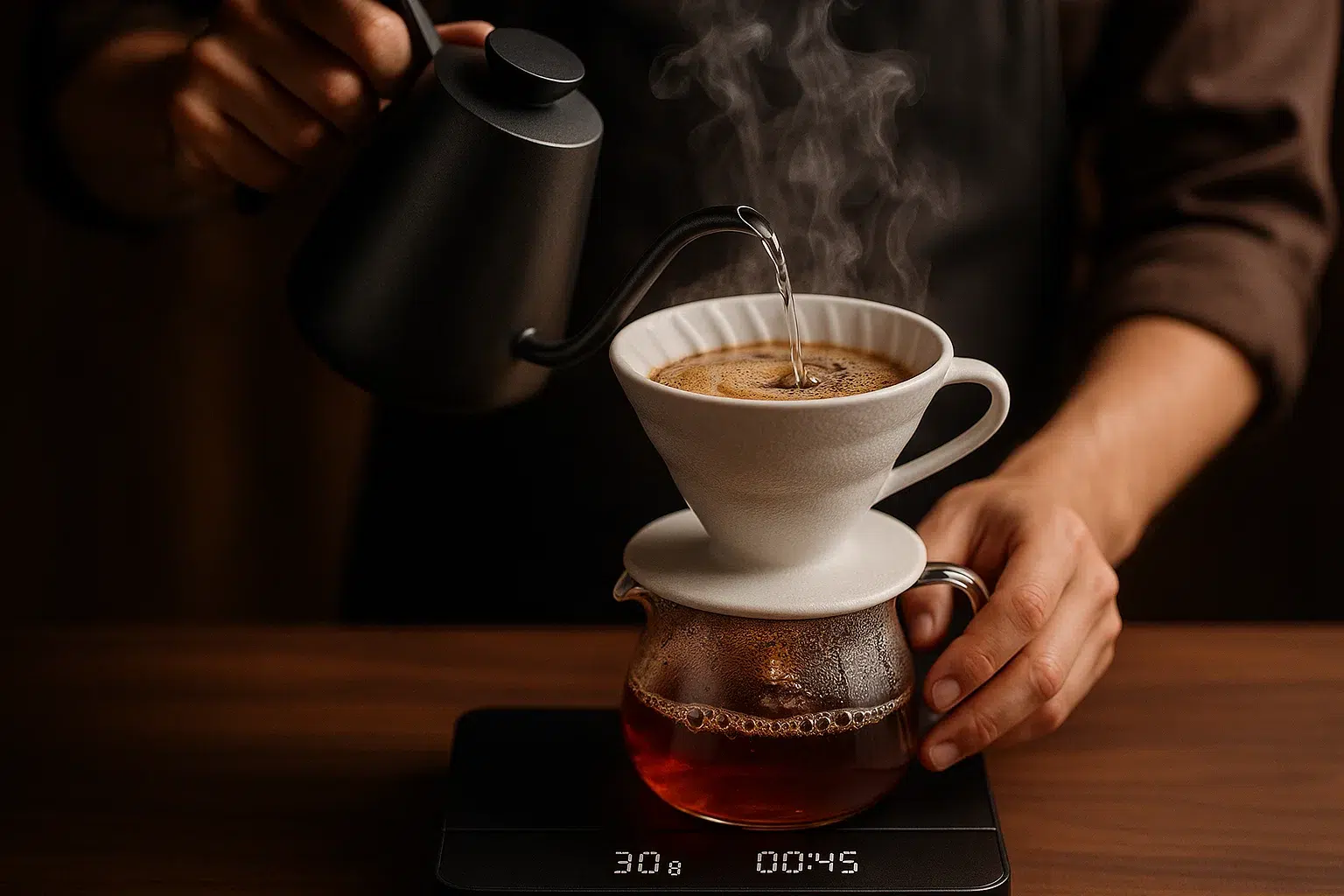




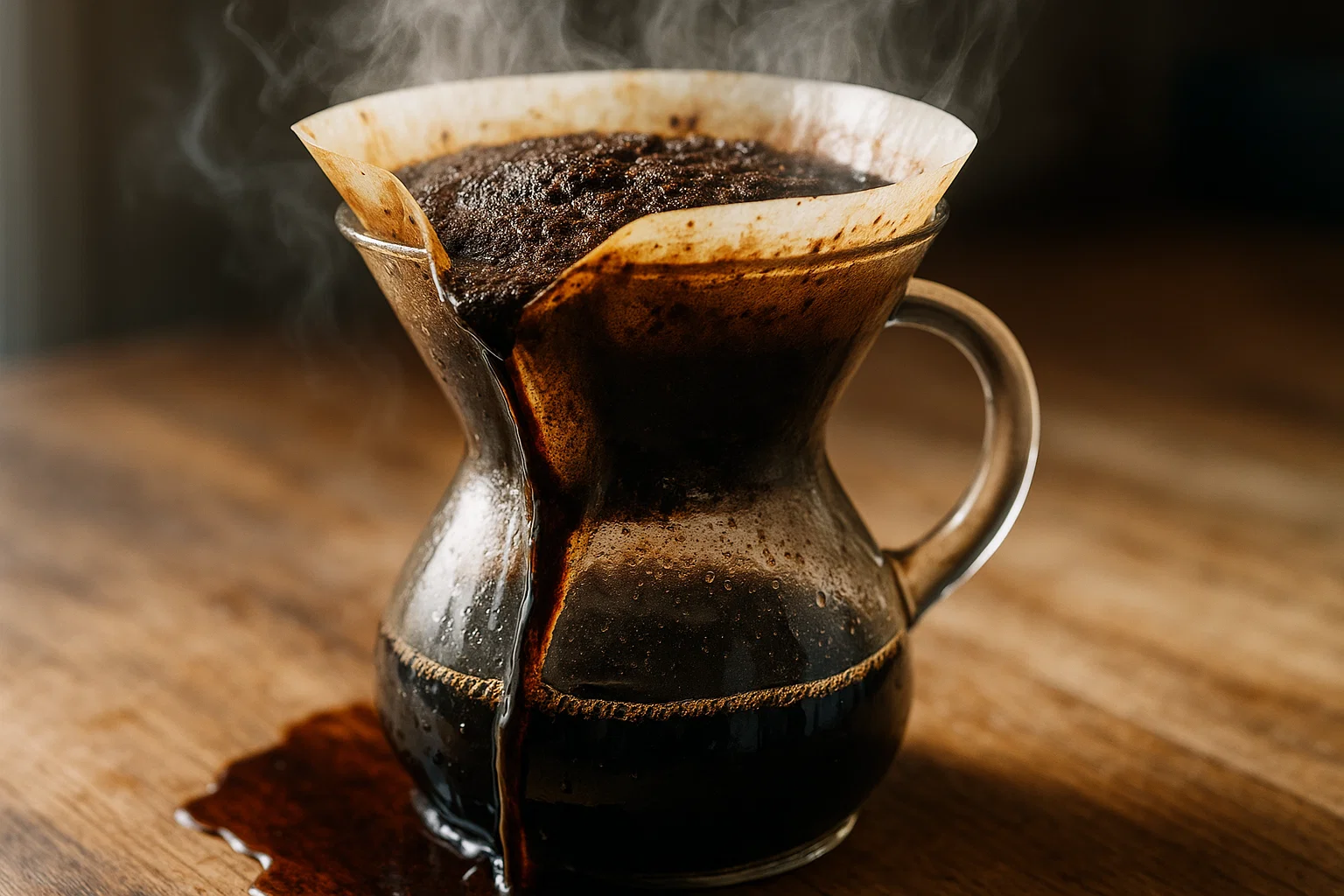
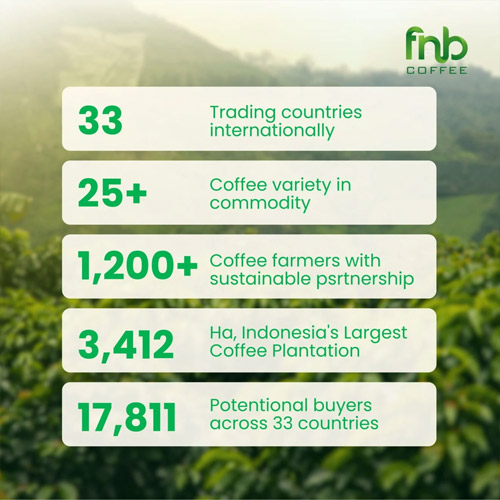





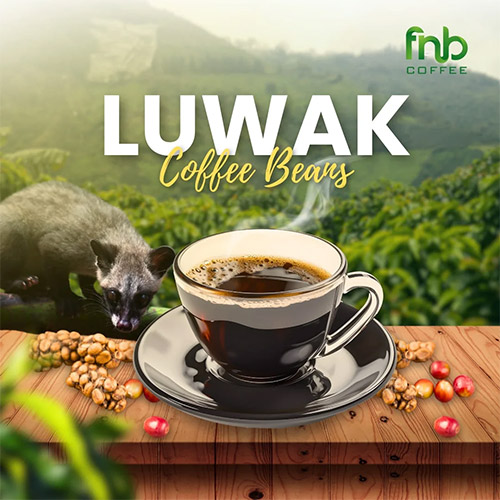


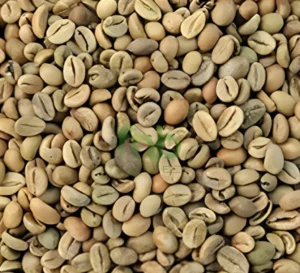










 Arabic
Arabic Chinese (Simplified)
Chinese (Simplified) Dutch
Dutch English
English French
French German
German Indonesian
Indonesian Italian
Italian Japanese
Japanese Portuguese
Portuguese Russian
Russian Spanish
Spanish